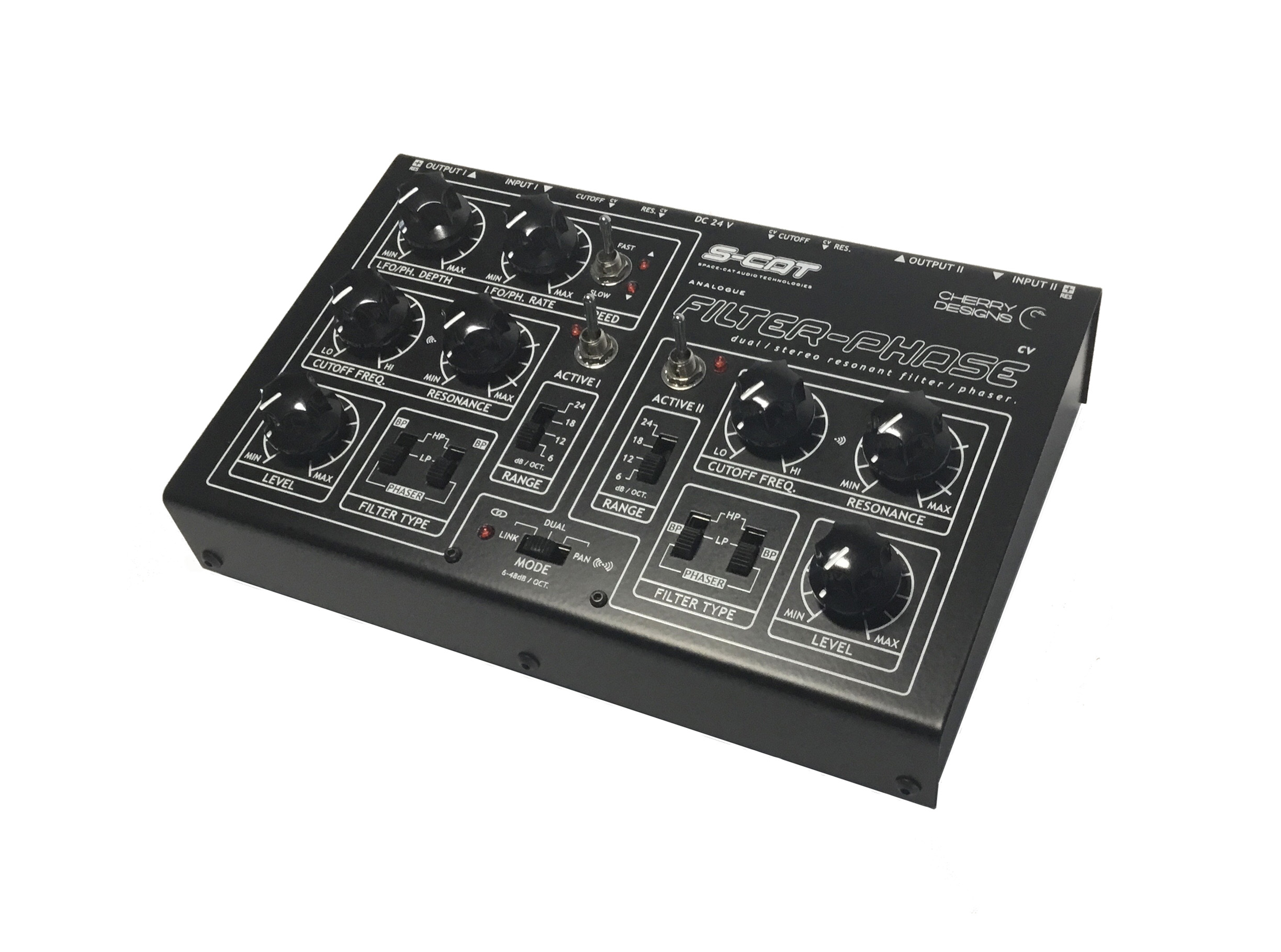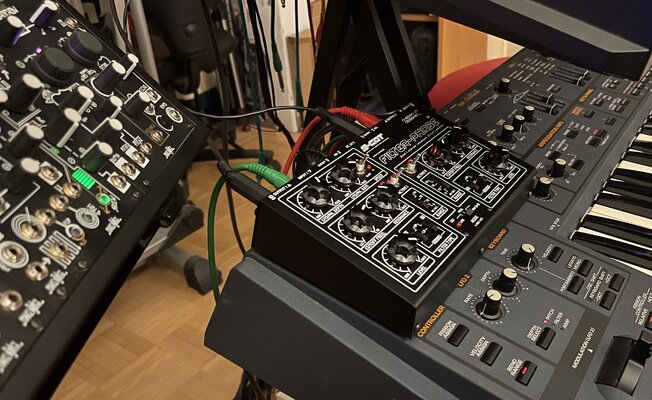Hi
@KHAGE , the Filter Phase is an 8 pole filter with 2 poles per Switch (= 4 poles per side). The poles are in series. For example LP + HP = BP. Or another example LP + LP = 4 pole lowpass.
For instance if using just one side, you might want a combination of LP & Phase or Phase & LP depending on which order you switch them.
The Range switches set the db/Oct response of the filters.
The switches on the back are to select the amount of resonance. In the UP position there is more resonance, in the DOWN there is less.
When using the unit as a filter (LP/HP/BP), you may want more resonance, so you could set to UP. When in phaser mode (PH) for example, you may need it to have less resonance, so the switch needs to be DOWN.
You would not hear any difference until you turned up the resonance dial.
Did you check the guide?
http://www.spacecataudiotechnologies.com/filterguide.html

 spacecataudiotechnologies.com
spacecataudiotechnologies.com
